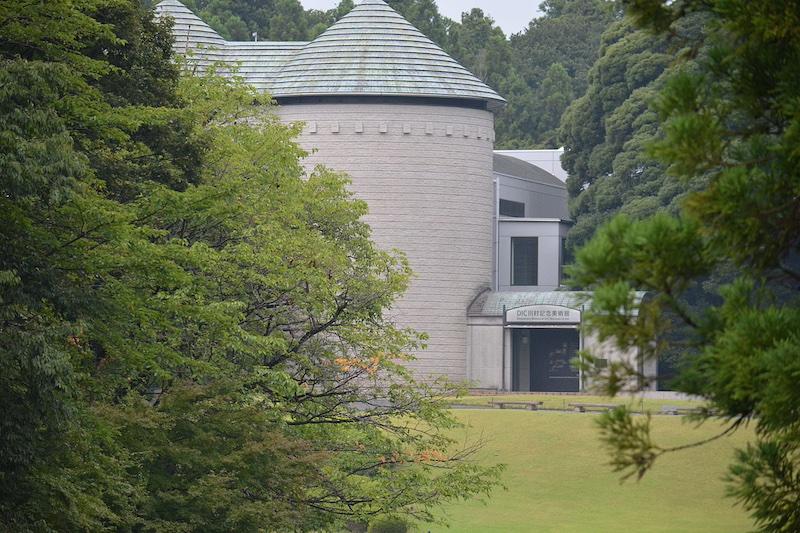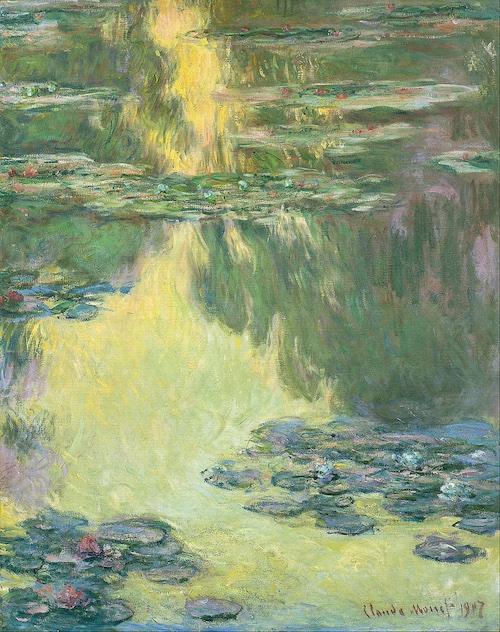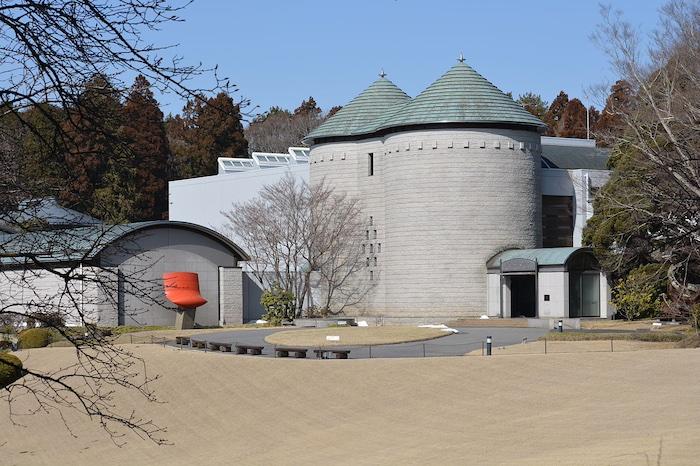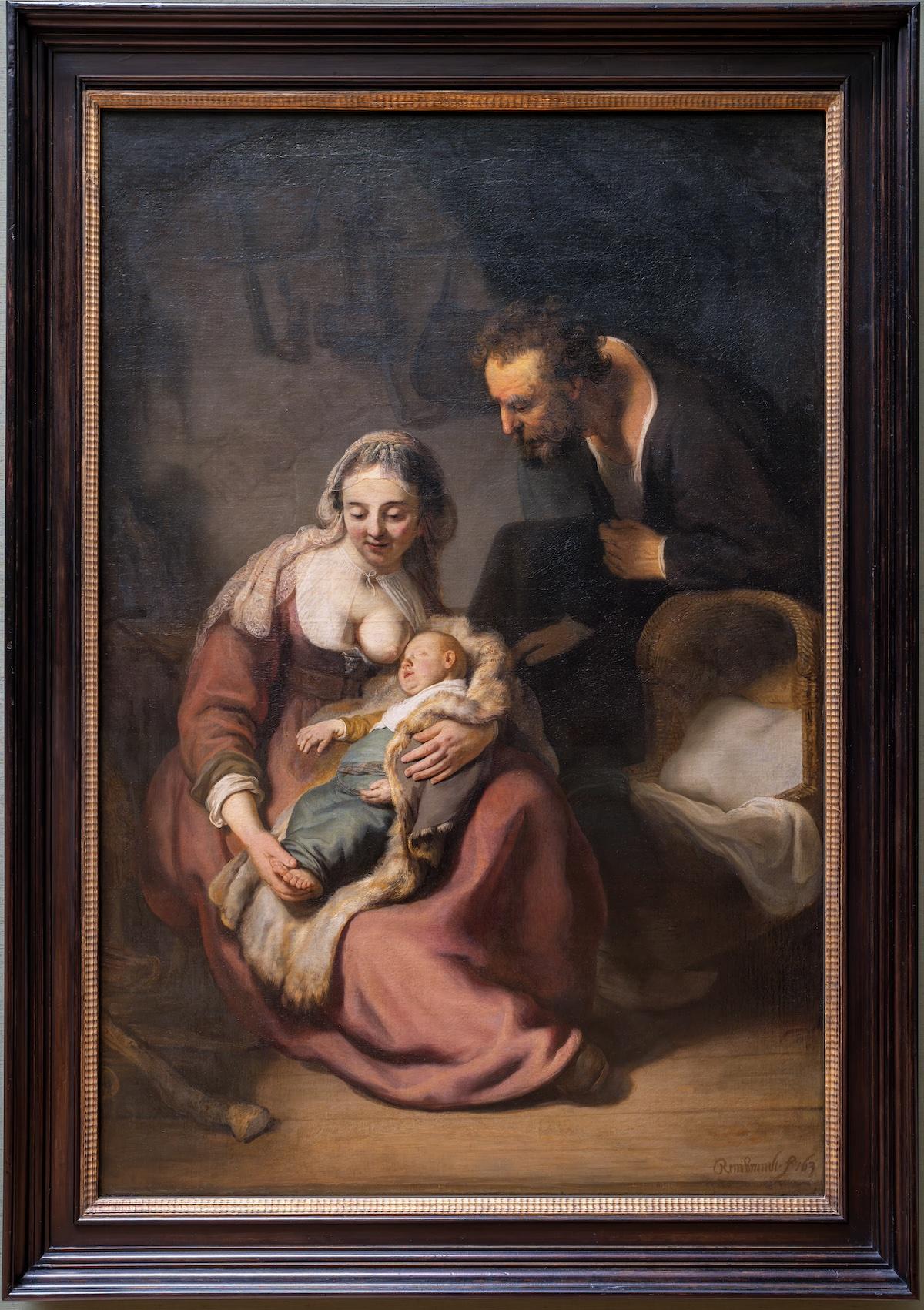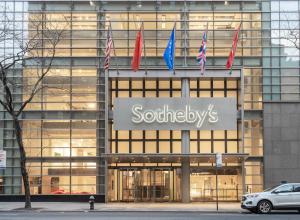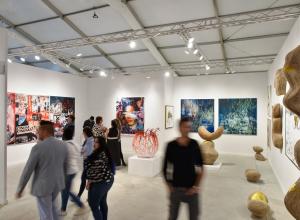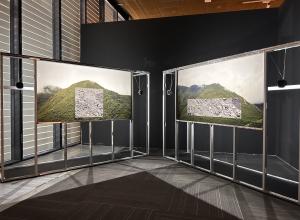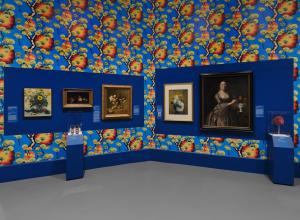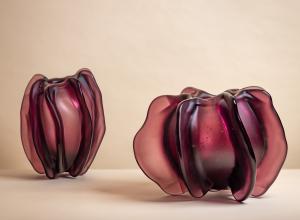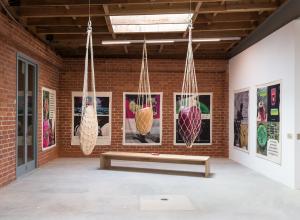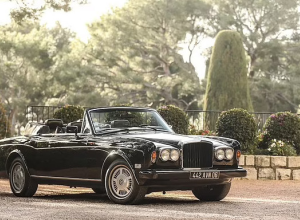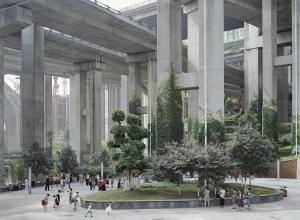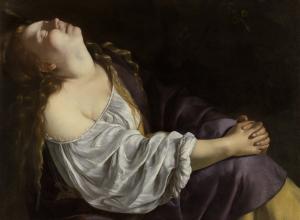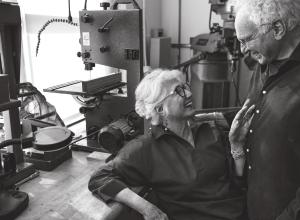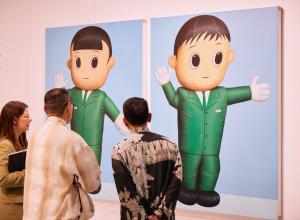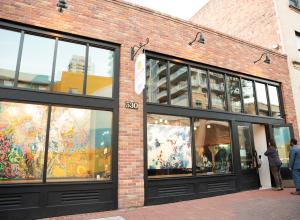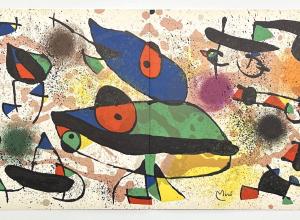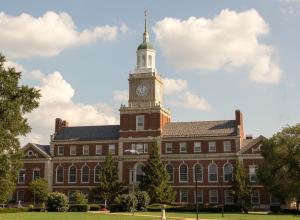Designed by the architect Ichiro Ebihara, the museum was placed next to the DIC's research center in Sakura City; the corporation owns 384 of the 754 artworks. Pieces by Rembrandt, Claude Monet, Pablo Picasso, Cy Twombly, René Magritte, Jackson Pollock, and Frank Stella are included in the collection, which also boasts seven of Mark Rothko’s Seagram Murals (1958-1960)— making up one of four Rothko Rooms in the entire world.
Regardless of being a popular tourist attraction, the current DIC board members have announced that the museum will close its doors come February 2025. Though former board members upheld the museum due to a sense of social responsibility and community engagement, current shareholders aren’t so easily conceived by philanthropy.
After a committee review in April, the board felt as though the Kawamura’s “high praise” for its collection and exhibitions had not met satisfactory conditions of “capital efficiency,” and that assets hadn't been “utilized effectively.”




